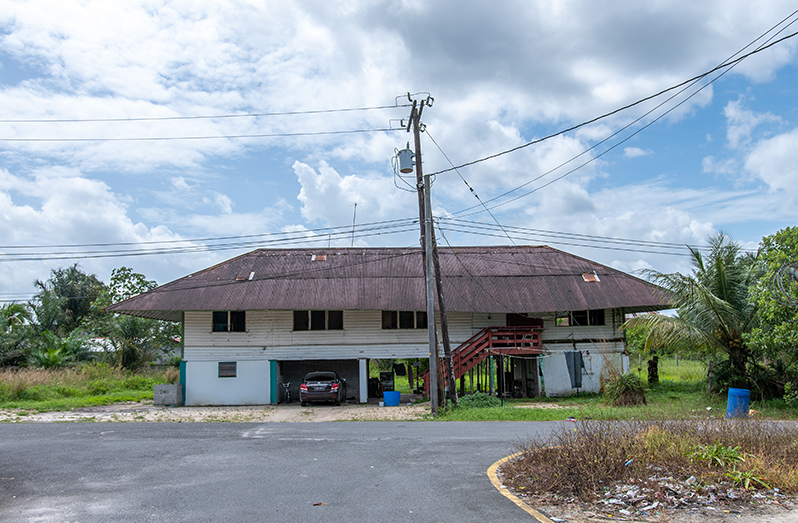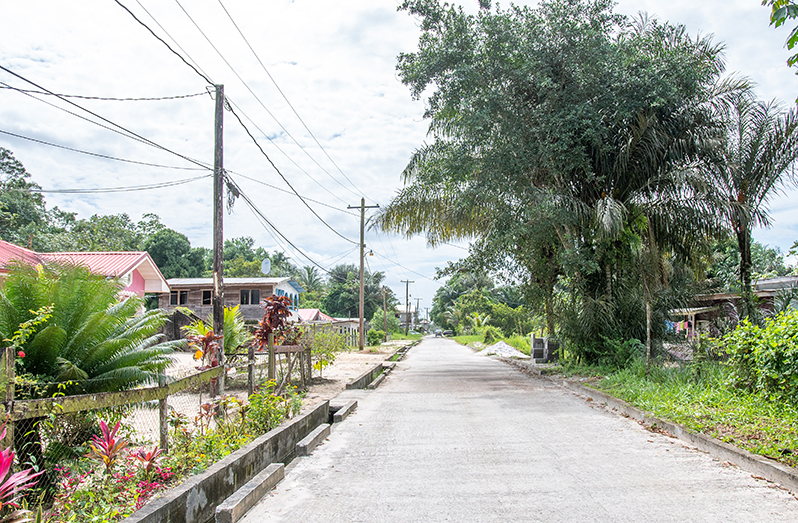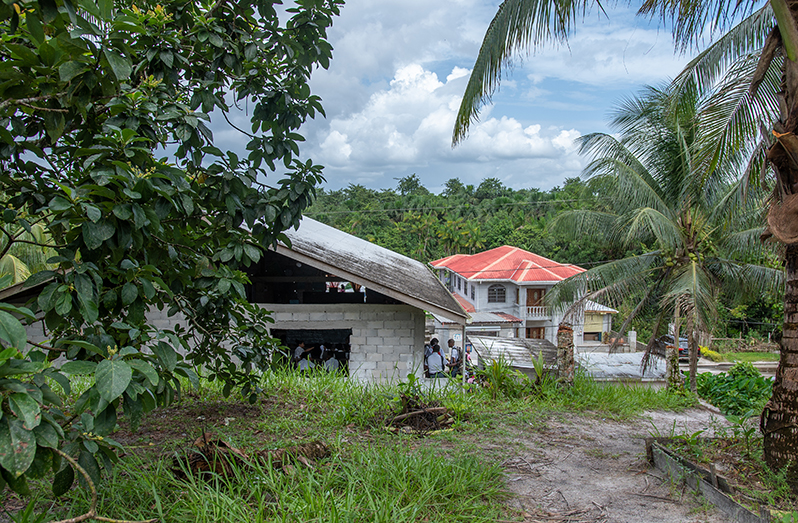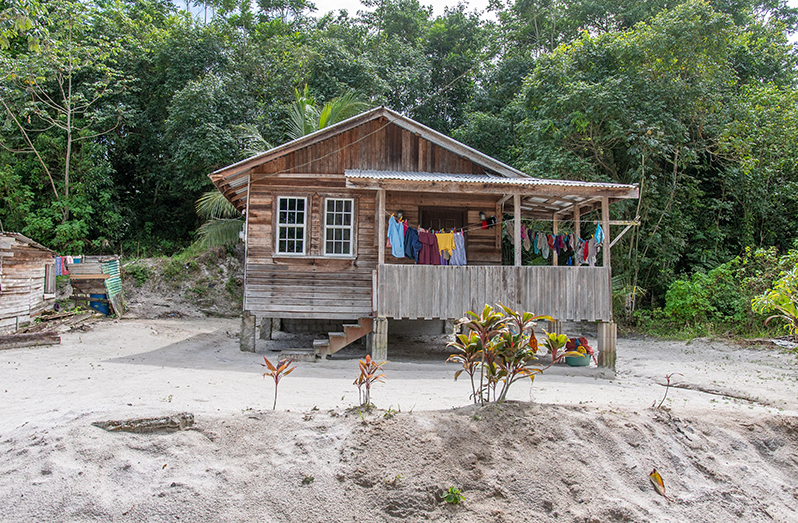A scenic of village sandy dunes, hills and valleys
LAST week the Pepperpot Magazine visited Timehri Hill, Red Ground Road, East Bank Demerara to highlight the way of life of the locals.
This area isn’t very large, with just a few internal streets, including one leading to Base Camp Stephenson.
It has several large range houses that withstood the test of times and it provides housing to many families, who work at the Cheddi Jagan International Airport (CJIA) and the Guyana Defence Force (GDF).
This small village also has some colonial-style government houses that are occupied by workers of CJIA and the Army.
Timehri Hill is home to many retired airport workers and military men and women and it is a community that goes both up- and down-hill.
It is a quiet, breezy place where time seems to be stuck; there is no hurry to get things done and it is a scenic place to settle for a countryside life away from the hustle and bustle of the city.
Timehri Hill is a stone’s throw away from the CJIA, the main airport in the country.
Timehri Hill is home to the private school, Alpine Academy, and dozens of government employees and people working at private sector companies.
The village has good roads, electricity, potable water supply and internet and it is regarded as a safe place to reside where the locals are familiar with each other.
It is a place where the people take pride in keeping their surroundings clean and there are lots of trees especially coconuts, awara, pear and mango.
The people of Timehri Hill are very friendly and welcoming and some took time out of their busy schedule to engage the team on that day during its visit to the village.
Timehri Hill has a lot of nooks and crannies, with small tracks and trails leading from one place to another like a network.
It is easy to get lost in those places and there is also a steep decline downhill and the climb back up is a tall task.
Timehri in olden times
According to an elderly resident, Mr. Philip Henry, (who was interviewed by this newspaper years ago) he grew up in Timehri as a young boy just when the area was merely a bushy site with striking sandy dunes and dense vegetation.
Thatched roof houses were scattered here and there amongst the trees and flambeaus (lamps made from bottles, kerosene and cloth for wicks) were used.
They had no electricity and used rainwater for drinking or obtained it from the few creeks and natural springs that were around.
He noted that some houses built on the wrong sides of the sandy hills were often destroyed during heavy rainfall, as water gushing down into the valleys would easily erode the ‘white sand’ found mostly in the area.
Henry reminisced on a tale of how an elderly couple woke one morning to find that the rushing water had swept away most of their small makeshift house. This left only the small bedroom portion standing in which they were sleeping on a small makeshift bed that was nailed snugly to the wall of the building.
Then the tentacles of modernisation began to engulf the area and persons soon learnt to level and build their lands to avoid erosion and new and very striking buildings sprung up around the airport which itself was getting better and better as the years went by.
Roads became well-paved and electricity became the order of the day for many residents.
The area took on a more stylish ambience when the Guyana Defence Force (GDF) occupied a large area and set up a base camp and the well-established buildings that still stand today.
Today, Timehri is a vast array of quite stylish houses crafted mystically in the sandy dunes and valleys, concealed almost in a mesmerising fashion amongst the lush swaying tress that grow so nicely, lending a hazily catchy ambience to the village.








.png)




















